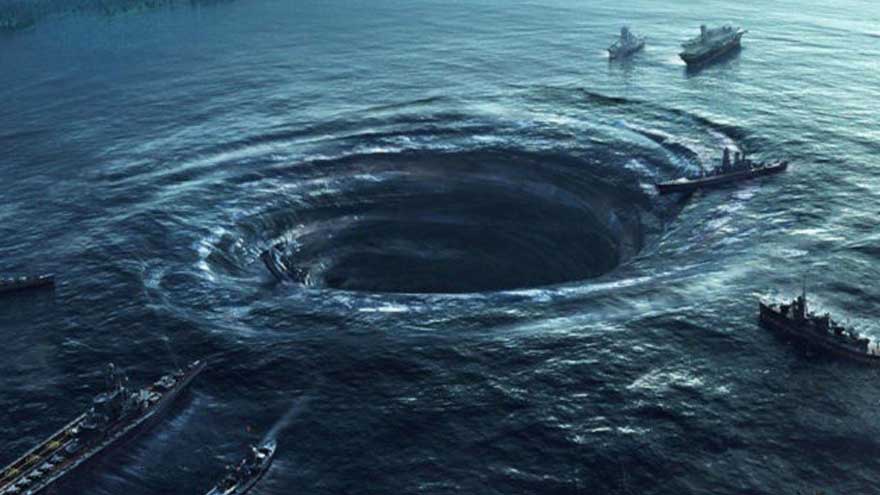The Bermuda Triangle has long been associated with mysterious disappearances and paranormal activity. This article dives deep into the myths and legends surrounding the Devil's Triangle while examining the scientific explanations and real-life examples behind its notoriety.

The Bermuda Triangle, also known as the Devil's Triangle, has captivated the imagination of people around the world for decades. Situated between Bermuda, Puerto Rico, and Miami, this region has been associated with numerous mysterious disappearances of ships and aircraft. While the legends surrounding the Bermuda Triangle continue to persist, it is essential to examine the facts, theories, and scientific explanations to separate myth from reality.
The mystery surrounding the Bermuda Triangle can be traced back to the late 19th century when reports of strange occurrences and unexplained disappearances began to emerge. However, it was not until the mid-20th century that the Bermuda Triangle gained widespread attention after a series of high-profile incidents. These incidents sparked intense public fascination and led to the formation of various theories and conjectures.
Over the years, the Bermuda Triangle has become synonymous with paranormal phenomena. Popular culture and media have often depicted the region as a vortex that engulfs ships and planes, leaving no trace behind. Countless theories have emerged, ranging from extraterrestrial abductions to hidden underwater cities and magnetic anomalies. While these theories make for intriguing storytelling, they often lack solid scientific evidence.
Many researchers and scientists have explored plausible explanations for the disappearances in the Bermuda Triangle. One prominent theory revolves around the unpredictable weather patterns and treacherous sea conditions, including strong currents and sudden storms. The region is known for its convergence of warm and cold oceanic currents, creating challenging navigational conditions.
Another scientific explanation revolves around methane gas hydrates, which are believed to exist under the ocean floor in the Bermuda Triangle. If released in significant quantities, methane gas can reduce the density of water, causing vessels to lose buoyancy and sink without warning. This theory has gained traction, highlighting a natural phenomenon rather than supernatural forces.
Additionally, human error, technical malfunctions, and navigational mistakes cannot be discounted as contributing factors to the incidents in the Bermuda Triangle. The vast expanse of the region, coupled with its heavy maritime and aviation traffic, increases the likelihood of accidents occurring.
While the Bermuda Triangle has experienced numerous disappearances, it is important to note that similar incidents have occurred in other parts of the world with similar geographic conditions. Some well-known examples include the loss of the USS Cyclops in 1918, Flight 19 in 1945, and the disappearance of the cargo ship SS Marine Sulphur Queen in 1963. These incidents highlight the importance of thorough investigation, improved safety measures, and awareness of natural hazards.
The Bermuda Triangle remains a topic of intrigue and debate, captivating the minds of many. While rumors and myths continue to circulate, scientific research and investigations suggest that the disappearances can be attributed to a combination of environmental factors, human error, and unforeseen circumstances rather than supernatural occurrences. The need for further exploration and understanding of this region is vital in dispelling the myths and uncovering the true reality of the Bermuda Triangle.